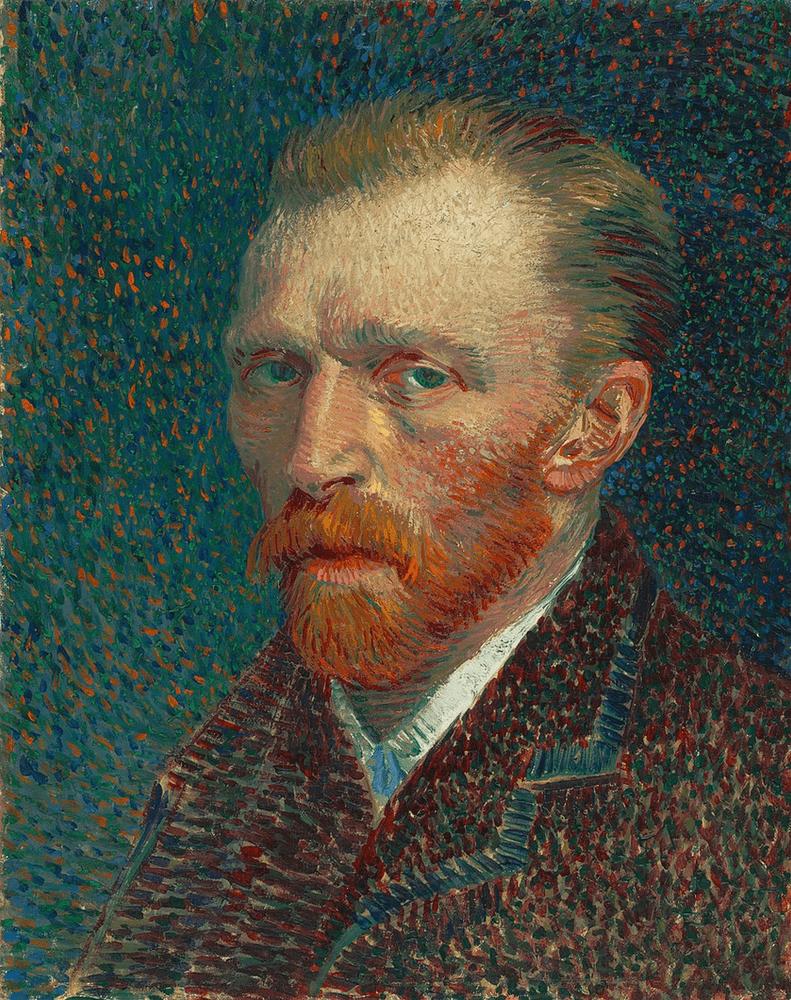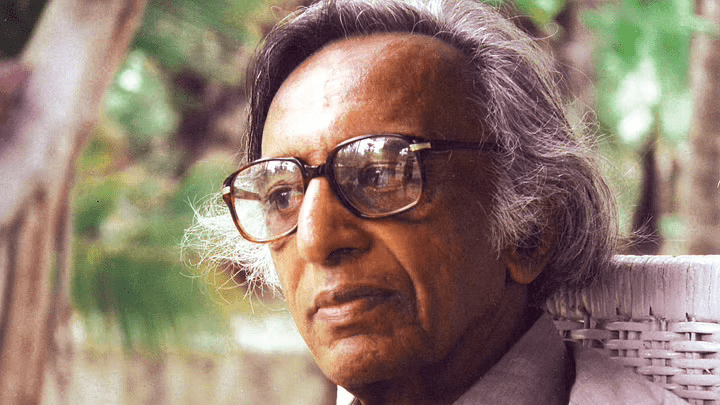It’s time to welcome the holiday season. Which also means that it’s time for oversized sweaters, cozy blankets, and to sit by the fireplace with a cup of hot chocolate while watching the snow pile up outside.
Okay, let’s face it, this isn’t exactly what winter is like for most of us. In fact, for most people in this part of the world, tiny bullets of hail now and then is the closest we’ll get to seeing snowfall. And perhaps that’s the reason the delicate fluffs of ice are so fascinating to us. They remind us of Christmas movies and whimsical fantasies of hallmark winters. Then again, maybe that’s just us.
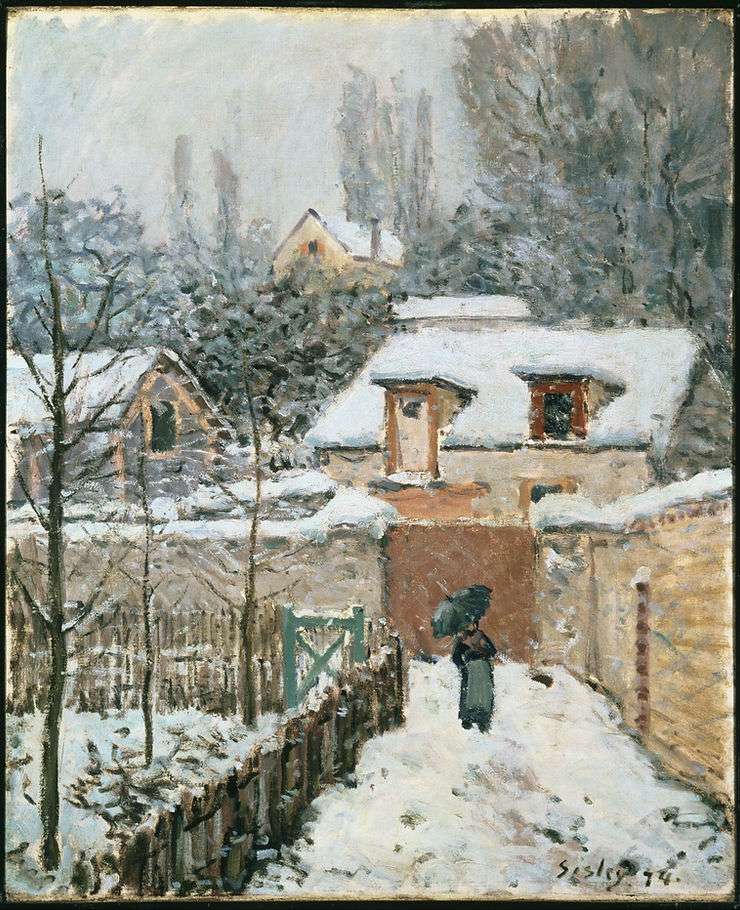
But as it turns out, we aren’t entirely alone in our fascination for snow. Turns out, the confetti of the angels has also caught the fancy of some great artists, and has inspired numerous magnificent works.
Impressions of the Norwegian Winters
Take Claude Monet, the famous impressionist artist for instance. Monet’s obsessive tendencies when it came to his paintings, it would seem, stretched beyond just incessantly painting his beloved waterlily garden over and over again.
In the winter of 1895 -when most Europeans who can afford it, make their way to the south of France to escape the brutal onslaught of northern winter- Monet left his home in Giverny for Oslo, Norway. And the reason he spent 2 months in Oslo at its coldest and darkest? To paint snow.
In his time there, Monet stood painting outdoors even in temperatures as low as -20°C, creating 29 paintings of snowy landscapes (which would later turn to a 100). These paintings in many ways were practice sheets where he experimented with techniques to bring out the varying temperaments of the terrain and the weather- clear, misty, foggy, or snowy. His focus in all these paintings remained the subtle changes in the light, air, and temperature throughout the day.
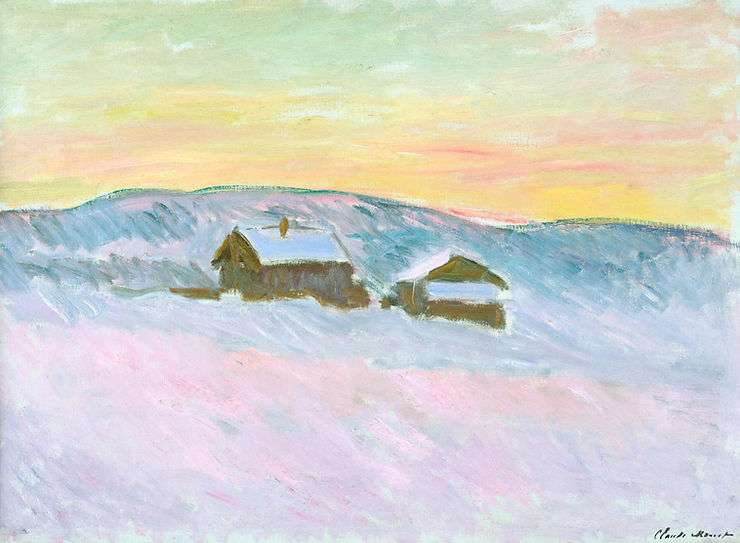
Though historically the cold and darkness of winter are associated with bleakness, death, mourning, and ending, when painted with an artist’s brush, it can represent a gamut of emotions. And Monet is far from being the only artist to paint the snowy winter in all its pristine glory.
Another famous artist who has both, been inspired by the unforgiving Norwegian winters, and turned them into surprisingly serene and placid snowscapes, is Edvard Munch. Especially considering how disturbed and angst-ridden his usual work is. This rare rendition of a tranquil scene from Munch is infused with energy and emotions with his use of bright colours— rivulets of green, blue, and pink, meandering along with the morose greys and whites. In fact, almost all of Munch’s winter scenes carry this quality of languid calmness, expressed through the myriads of colours you didn’t know could be associated with snow.
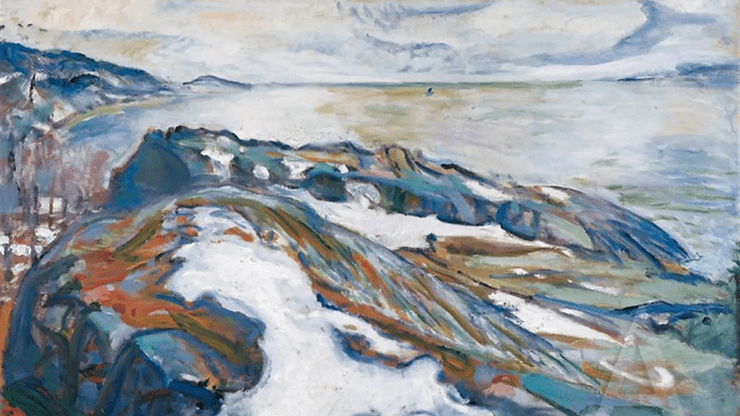
Ice is More Reflective Than Water
While some artists found calm standing in the eye of a snowstorm, others channeled its dreary harshness for self-reflection.
Vincent Van Gogh, known for his use of bright hues of yellows and blues, and scenes of summery bliss, continued to paint even as his favourite fields of green were covered in sheaths of snow. While his sunny summer landscapes were meant to be a contrast to the anguish within, the gloomy winter scenes seem to act as catharsis. In Van Gogh’s snowscapes, the dark and dismal shades of grey cover expanses of desolate land, and they sometimes feature solitary subjects like an abandoned wheelbarrow or the artist himself, adding to the lonesome melancholy of the scene.
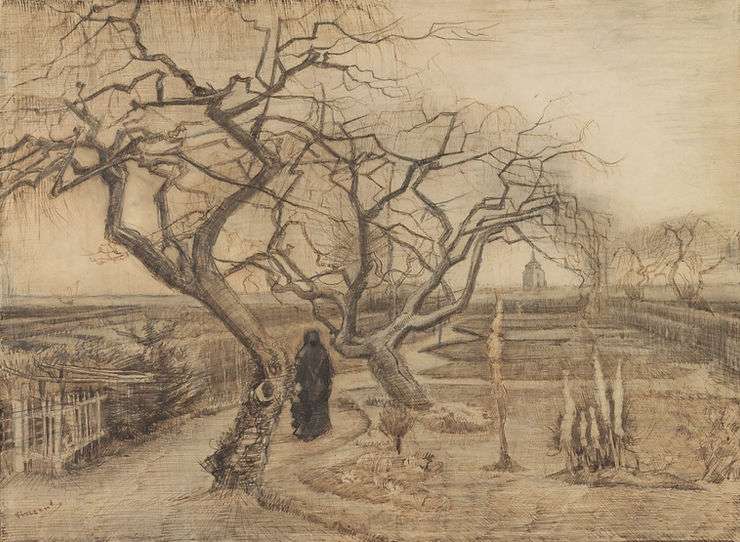
At the same time, Peter Doig in his painting ‘Reflections (What Does Your Soul Look Like?)’, leaves no doubt of what the snow is meant to represent. In the Painting, a lone figure is visible from the knee down. The rest of the person is only visible as a reflection in the ice. The careful composition places the viewer directly opposite the person in the painting. And in doing so, Doig invites the viewer to become a part of the picture and merge with the one doing the ‘reflecting’. This is further solidified in the title itself, where he poses a direct question to the viewer, ‘what does your soul look like’?
Having grown up in Quebec, the Canadian landscape, especially elements of Quebecois winter—frozen lakes, leafless woods, ski slopes, have been a constant motif in Doig’s paintings. Here he interestingly uses vivid saturated colours that one would associate with the summer, to depict a frozen world. In doing so, he creates an alternate world that is both ordinary yet magical; immersive yet disorienting.
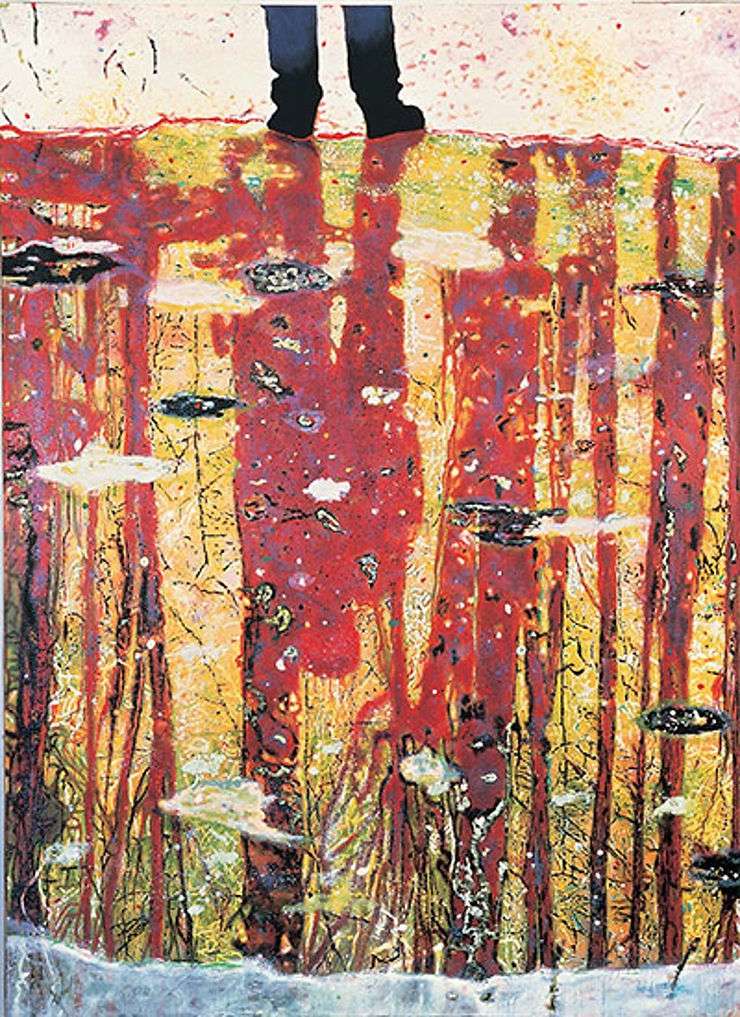
Dreaming of a White Christmas
During Monet’s stay in Norway, the sight of the snow-capped Mt. Kolsaas (of which he made 9 paintings), made him write back to his wife saying that it reminded him ‘of Fujiyama in Japan’. Of course, Monet had never been to Japan, much less seen Mount Fuji. What the impressionist had been referring to was what he knew of the mountain from the works of artist Utagawa Hiroshige’s ukiyo-e prints. The same ones whose influence can be found in Monet’s own paintings of snowscapes.
Hiroshige’s winter scenes are not only some of his most famous works but also some of his most sensitive, wherein he creates whimsical evanescent alternate worlds. Take this scene of ‘Evening Snow at Kanbara’, from the series Fifty-three Stations, where a village is draped in a thick sheath of snow that continues to fall. This scene is almost entirely imaginary, as it rarely snows in the Kanbara area.
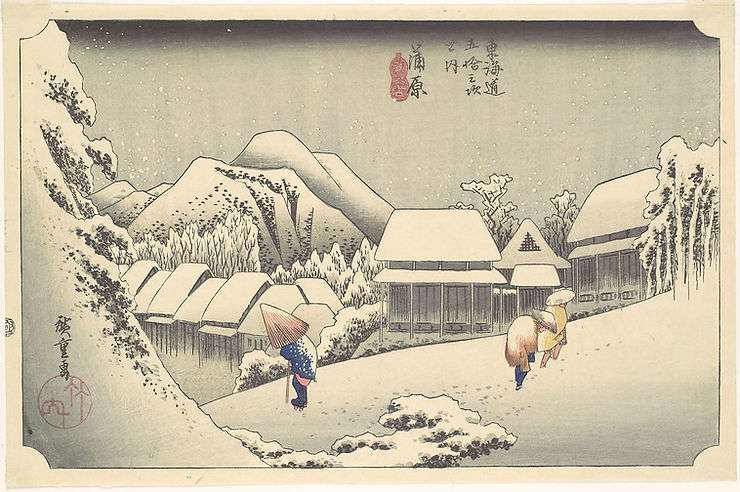
Hiroshige’s fondness for snow and its imposing presence in a landscape is evident in how they pervade his works. In his prints, the snow lends a tender lyrical quality to the whole scene, to bring out the poetic beauty of Japan.
So even if your winter is lacking in snow, maybe you could still slip into that comfy oversized sweater, make yourself a cup of hot chocolate and perhaps take a page out of Hiroshige’s sketchbook and paint yourself a white Christmas.
The beautiful snowscapes making you miss the great outdoors? Here are locations from famous paintings to feed your wanderlust.



